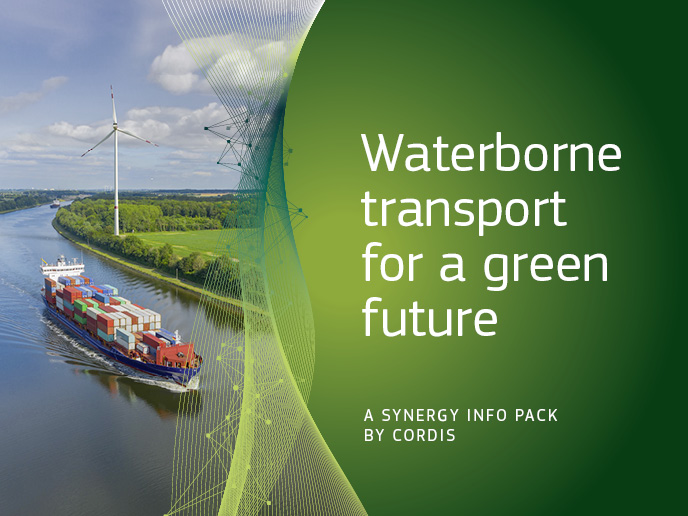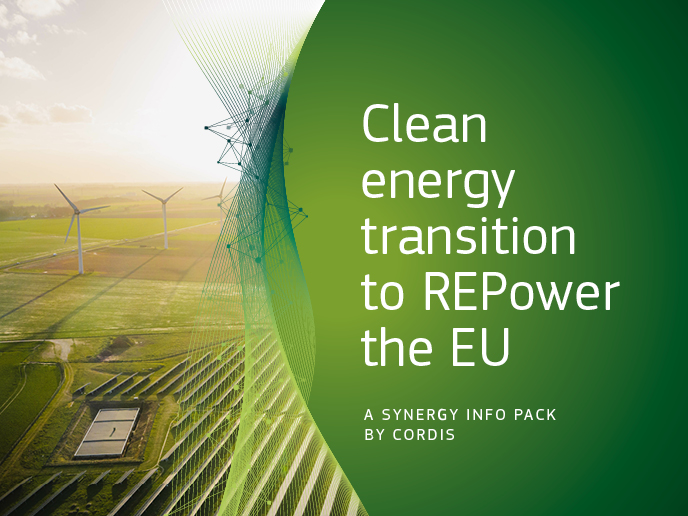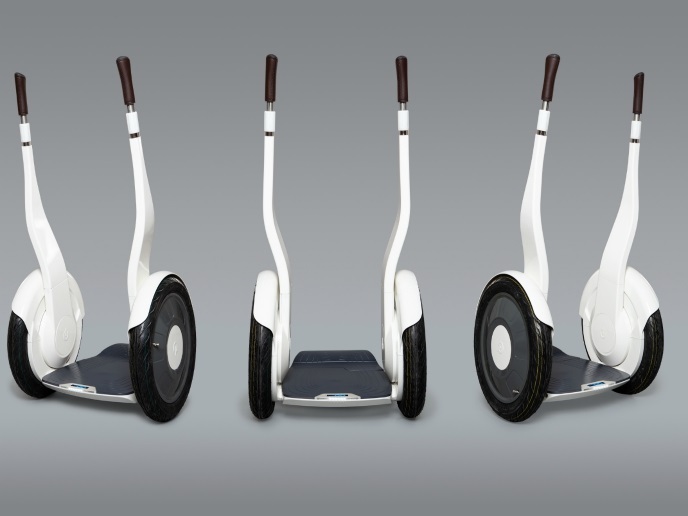Innovative electrified vehicles for the cities of the future
Increased urban mobility needs, in combination with the demand for sustainable practices, highlight the necessity for more safe and reliable applications of electric vehicle architecture. The EU funded TELL(opens in new window) project includes manufacturers of the currently most efficient European equipment for low and medium voltage applications, academia and an SME specialised in urban electric vehicles. The team developed optimised solutions targeted at small to medium segment electric cars, hybrid electric cars with a low voltage add-on electric propulsion system and the lightweight urban mobility sector. “For example, new knowledge will be implemented in production processes based on customer needs, educational processes and further development in follow-up projects, such as the Multi-Moby project(opens in new window),” notes project manager Irene Karitnig.
The high-performance pieces of the puzzle
Made with a breakthrough technology based on silicon MOSFETs that can be exploited in all automotive segments, the novel gallium nitride high electron mobility transistor and Si MOSFET-based inverters are specifically designed for urban driving cycles(opens in new window). The average efficiency >96 % achieved in the 0-40 km/h speed range is remarkable. The inverter acts as the state of the art field-oriented control algorithm for electric motors with permanent magnets. It’s been optimised more by improving the motor flux model and field weakening operations. This has been possible only by using the new position sensor with high precision on the position measurement and improving the angle tracking algorithm. Accurate measurements made on machine prototypes have permitted fine tuning of control variables and optimisation of efficiency and dynamics below base speed and in field weakening areas. Moreover, a final power density of 19.3 kVA/l has been achieved thanks to the significant reduction of power losses and the increase of breakdown current.
Low cost meets high efficacy
A special focus was given to cost reduction through design and manufacturing, applying Industry 4.0(opens in new window) concepts in the production of both the electric powertrains and the full vehicle. Within the microfactory, the vehicles were manufactured in full steel and met the most stringent crash tests so that they could be classified as M1, vehicles used as people carriers, and N1, or goods carriers up to 3.5 tonnes. Regarding the powertrain, there is no need for external filtering in the power circuit and in the logic to get electromagnetic compatibility standards compliance. Moreover, thanks to the very high efficiency at a low voltage of the customised inverter and motor, expensive and bulky forced-air cooled devices or circuits and devices of liquid cooling are not required. With the integration of the new powertrain into the electric vehicle chassis, a high thermalisation of the battery pack and reduced range difference at outdoor temperature excursions has been made available. Moreover, the higher efficiency of the propulsion units is an enabler for the increased driving range and longer journeys with fewer stops for charging, which positively impacts urban mobility.







